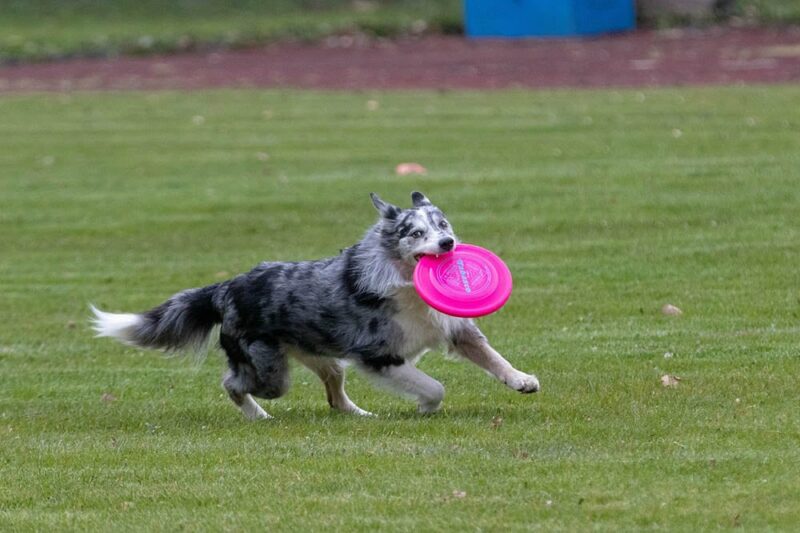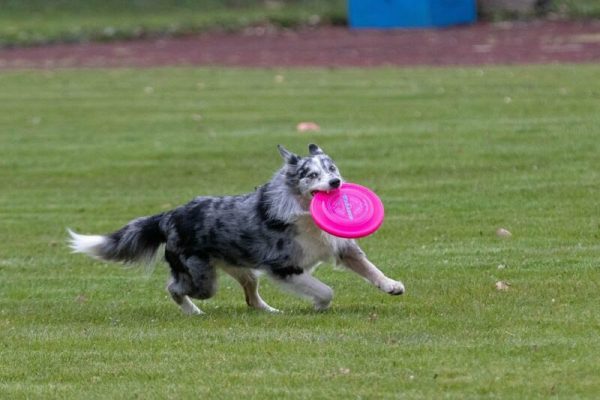Playtime provides fun and entertainment for dogs, but it plays a much more significant role in their lives and well-being. In fact, play is a necessary factor in a dog’s daily life, and a dog’s quality of life lowers drastically with insufficient playtime.
Lack of play can cause dogs to develop anxiety, depression, and challenging behaviors, such as destructive tendencies and aggression. So, dog owners must do their best to ensure that dogs get plenty of play every day.
The Importance of Play for Dogs

Play encompasses many areas of a dog’s life. It affects its physical, emotional, mental, and social well-being. A 2017 study theorizes that play is essential for puppies because it teaches puppies to develop motor skills and coordination.1 Puppies gain much through experience and will learn important movements through play, like learning to control their bite and bowing to engage other dogs.
Play also provides dogs with opportunities to develop healthy coping skills that enable them to adjust and react to unexpected incidents and surprises. Play acts like a simulation that allows dogs to learn how to cope and interact with others and the environment.
For example, dogs learn how to communicate their dislike for roughhousing through play and can learn to remove themselves from unpleasant situations. This skill can then be used in similar life situations and help dogs find safety.
Dogs are social animals, and play helps them to learn social skills and maintain social cohesion in a pack of dogs. Just like how teams engage in team-building activities, play can help dogs bond and learn to communicate with each other.
Play isn’t just reserved for puppies that need socialization. Adult dogs also need to play and greatly benefit from it. It exercises their natural instincts, helps them stay physically fit, and strengthens their bonds with their owners. Playing with enrichment toys can also provide a healthy mental challenge and prevent boredom.
Consequences of Lack of Play
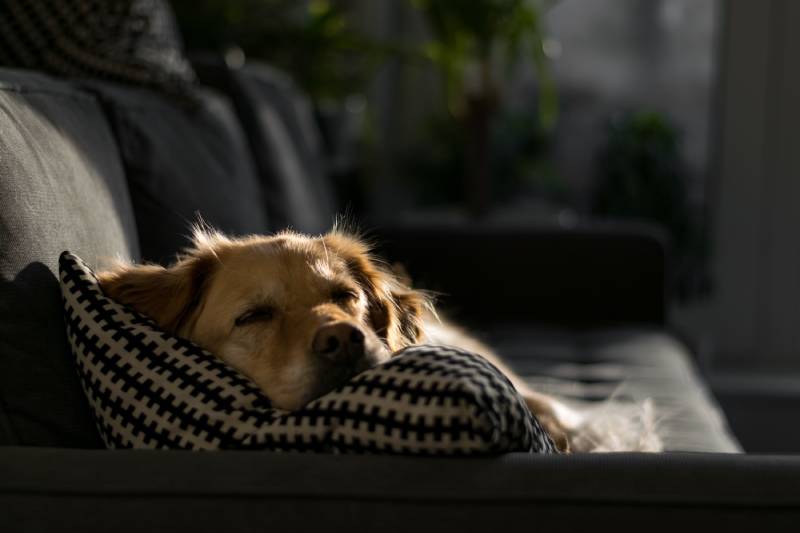
It’s important to note that a playful dog doesn’t always indicate that a dog is happy or healthy. Some dogs may engage in more play due to boredom or lack of attention from people.
One negative consequence of lack of play is boredom. Bored dogs can quickly develop destructive behaviors and wreak havoc in the home. They can also start to bark or whine more and paw at you persistently in an attempt to get your attention.
Dogs that don’t get enough healthy playtime will eventually fall into an unhealthy state. When a dog’s needs aren’t being met, it can develop depression or anxiety. It can start to engage in unhealthy behaviors, such as aggression, urinating in the house, and repetitive and compulsive actions. Dogs can also lose their appetite and become disinterested in activities they once enjoyed.
Fun Ideas for Playing with Your Dog
Fortunately, there are many different ways for dogs to play, and it doesn’t always have to involve you. Here are some of the various ways dogs can satisfy their need to play.
Solo Play
Dogs can have some fun playing by themselves. If you’re planning to be out of the house for a couple of hours, you can leave some interactive toys to keep your dog entertained. Treat dispensing toys and puzzles provide a fun and rewarding experience, and they also keep your dog’s mind active. Since dogs don’t typically enjoy sharing these toys, it’s best to reserve them for solo play sessions when you’re too busy to interact with your dog.
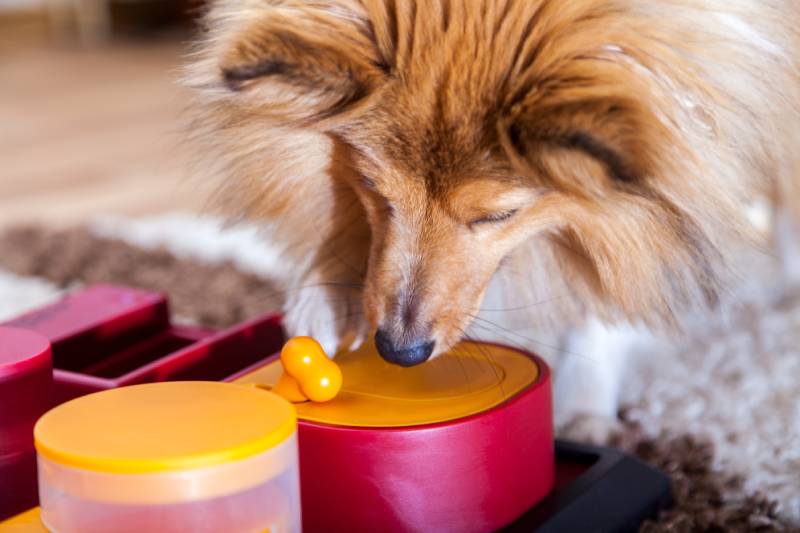
Playing With Humans
Playing with your dog is a great way to strengthen your bond with your dog. Many dogs will enjoy playing fetch or tug with their humans, and others are perfectly content going on a walk together.
You can also incorporate training to add an exciting challenge to playtime with your dog. You can train your dog to run agility courses and participate in other dog sports, like docking and frisbee tosses. These sports require some training for dogs to learn the rules. However, you’ll find many happy and enthusiastic dogs participating and having a blast once they understand how to play.
Playing With Other Dogs
Taking your dog to the dog park can also satisfy their need for social play. Dogs can tire each other out much more effectively than humans can, so letting your dog play with other dogs is a great form of physical exercise.
Just keep an eye out for your dog if it’s not particularly social with other dogs. If it looks uncomfortable, it’s best to leave and go for a walk or run. Also, leave your dog’s favorite toys at home as it may not enjoy sharing them with strangers and can start to feel possessive over them.
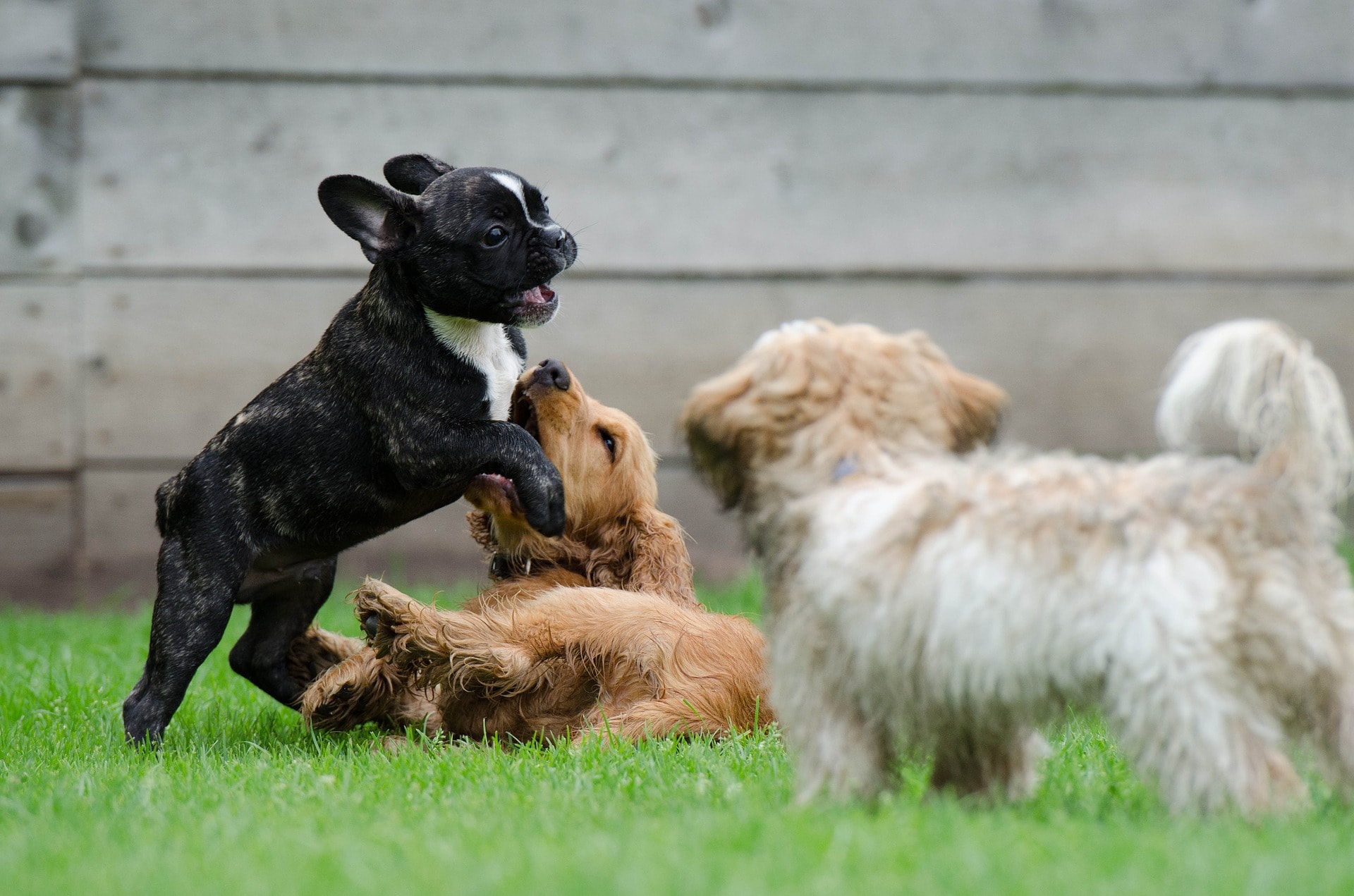
Can Dogs Play Too Much?
Yes, dogs can definitely play too much. Overworking and overexercising your dog can lead to injuries. So, dog owners need to know their dogs well and find a good balance of play and breaks.
Different dogs will have varying levels of energy and stamina. However, one clear sign of too much play is heavy panting. Some dogs may want to continue to play because they feel excited, so even if your dog wants to keep playing, make sure to take a break if you notice heavy panting. If you start to act calm, it will signal your dog to mirror your behavior, making it more likely to pause and rest.
If you notice your dog’s movements slowing down or getting sloppy, it’s time for a break. Again, dogs can get caught up in the moment and want to continue to play, so it’s the dog owner’s responsibility to call for breaks.
Make sure to provide plenty of water during breaks. If your dog laps up a lot of water, it’s best to extend the break and wait between 1-2 hours before letting your dog engage in more active play.

Conclusion
Overall, dogs need to play all throughout their lifetime. Play isn’t just a fun activity. It’s a necessity that benefits their entire well-being. So, make sure to provide plenty of ways to play every day. You can play together, have your dog interact with other dogs, or leave out toys for solo play. Your dog will appreciate it, and you’ll also reap the benefits of caring for a happy and playful dog.
Featured Image Credit: Pixabay

